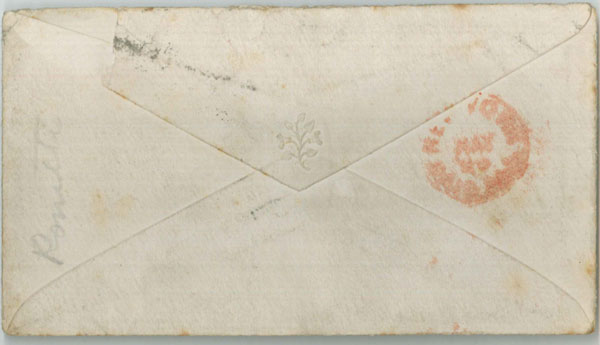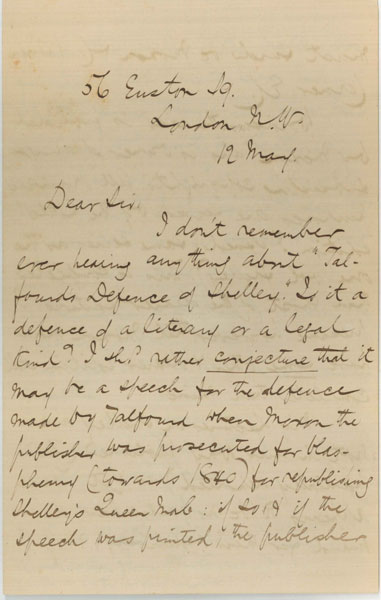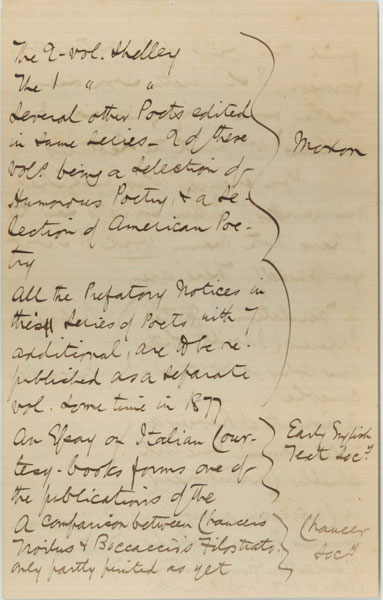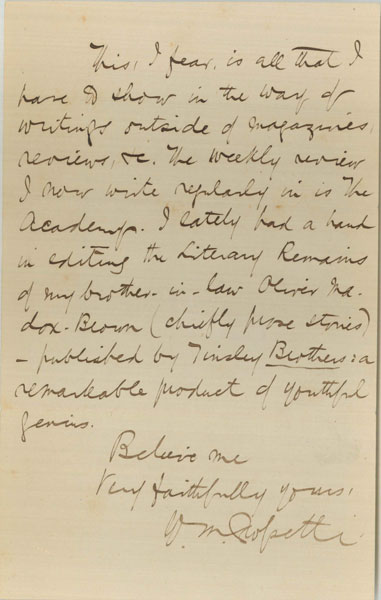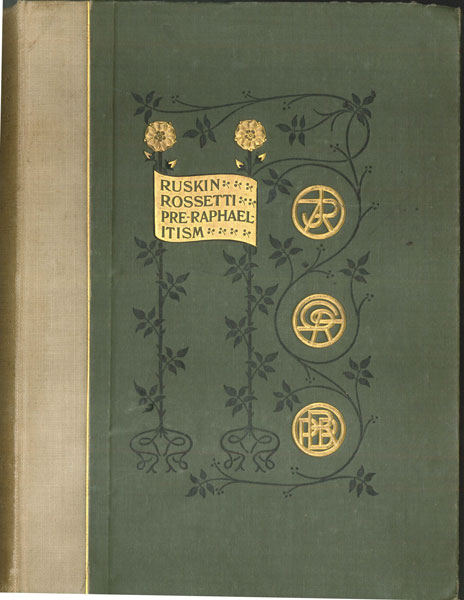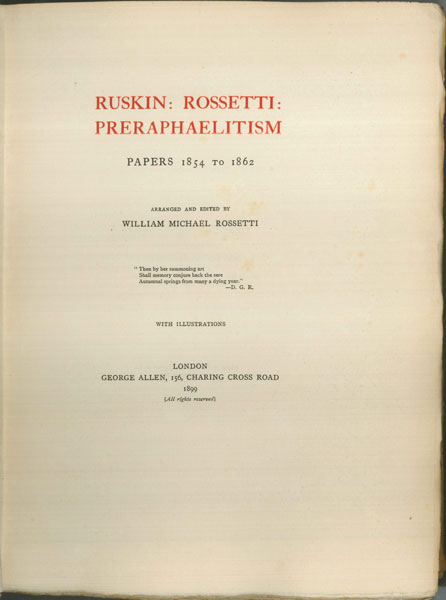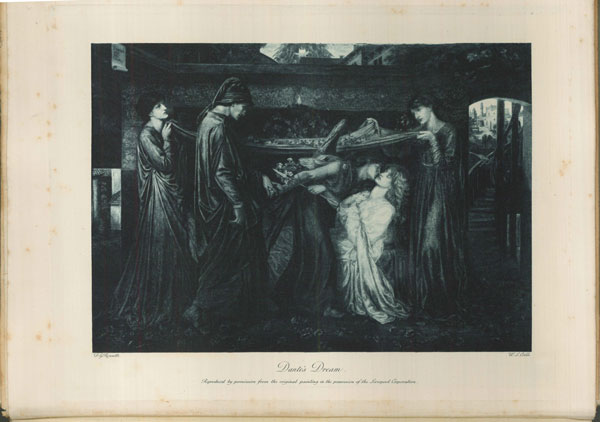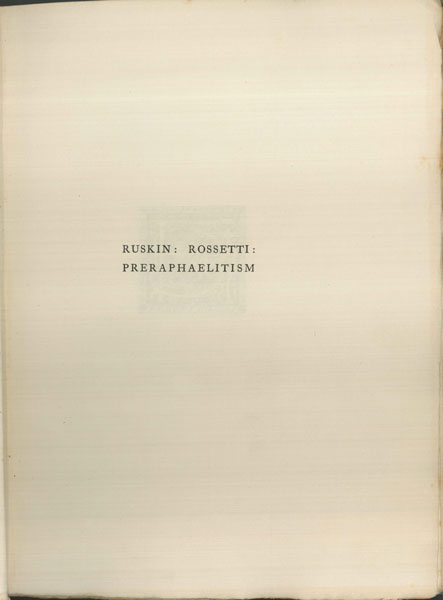
We ought to make out what we mean, and to teach definitely one system or the other; goodness for its own sake, or goodness for its extraneous rewards.
Augusta Webster, “Virtue is its own Reward,”
The Examiner, 23 Feb 1878, p. 238.
Webster’s series of essays first appeared in the Examiner and were later published as a book, A Housewife’s Opinions (1879). Dr. Patricia Rigg, author of Julia Augusta Webster: Victorian Aestheticism and the Woman Writer, and Professor, Department of English and Theatre, Acadia University, Canada, suggested the above quotation. In the essay, Webster takes a very practical approach to morality. She discusses the phrase “virtue is its own reward,” arguing that virtue, in fact, generally causes loss to the practitioner. She warns that systems of extrinsic and intrinsic motivation are mutually exclusive and that choosing one course or the other is a better plan for educating our children. A similar concern was more recently expressed by Alfie Kohn, the author of Punished by Rewards (Boston: Houghton Mifflin, 1993 / 1999).
Augusta Webster was an accomplished scholar, learning Italian, Spanish, French, Greek, and Latin. She pursued her passion for painting but was expelled from the South Kensington Art School in London for whistling. She published translations of Aeschylus and Euripides. Her first book of poetry, Blanche Lisle: and other poems (1860), was published under a pseudonym, Cecil Home, but later publications were done under her own name. She gained her greatest popularity with her dramatic monologues, in part inspired by Robert Browning. These monologues gave a voice to women and reflected her feminist interests.
There has been a renewal of interest in Webster in the last few years focusing on her roles as writer, professional critic, activist, and political figure. Her sonnet sequence, Mothers and Daughter (London: Macmillan and Co., 1895), published posthumously, has also gained attention recently among scholars. In the sonnets, Webster presents an unreserved tribute to motherhood, rescuing the experience of birth and motherhood from their typical use in the nineteenth century as metaphors for male creativity. William Michael Rossetti, English writer and critic, wrote the introduction, in which he comments:
Nothing certainly could be more genuine than these Sonnets. A Mother is expressing her love for a Daughter – her reminiscences, anxieties, and hopeful anticipations. The theme is as beautiful and natural one as any poetess could select…. It seems a little surprising that Mrs. Webster had not been forestalled – and to the best of my knowledge she never was forestalled – in such a treatment. But some of the poetesses have not been Mothers.
London: Macmillan And Co. and New York, 1895.
The Armstrong Browning Library owns two volumes of Webster’s poetry, A Woman Sold and Other Poems (London: Macmillan and Co., 1867) and A Book of Rhyme (London : Macmillan, 1881).
An advertisement in the back of A Woman Sold and Other Poems for Dramatic Studies, another volume of poetry by Webster, includes this quote from Contemporary Review: “Mrs. Webster’s dramatic and poetic poems are of no common order. Her special line is the subjective analysis of thought and feeling.” Another note of interest is that the Hathi Trust online edition of the book was a “Gift of Prof. J. R. Lowell of Cambridge,” to Harvard University.
At least one volume of Augusta Webster’s work was owned by Robert Browning. A Book of Rhyme (1881), in the Alexander Turnbull Library, Wellington, New Zealand bears the following inscription: “To Robert Browning from the Author A.W. July 1881.” The ABL owns a copy of the same edition that Robert Browning owned.
Melinda Creech
Notes and Queries: Does anyone know where to find the photograph alluded to on the engraving of Augusta Webster: “Photographed by Ferrando, Roma”?
I have not found a copy of the original photo, however, I have found a variant image of her — also credited to Ferrando.
It is in: EMPORIUM: RIVISTA MENSILE ILLUSTRATA D’ARTE LETTERATURA SCIENZE E VARIETÀ. Vol. 1, No. 2, Feb. 1895
It is in the article: “Le odierne poetesse inglesi.” That is, “Today’s English poets.” Pages 104-113.
http://www.artivisive.sns.it/galleria/pagine.php?volume=I&pagina=I_002_104.jpg
The Webster image is on page 108.
Melvin
Letter from William Michael Rossetti to Mr. Colles. 28 August 1898.
William Michael Rossetti. Ruskin: Rossetti: Preraphaelitism; Papers 1854 to 1862. London: George Allen, 1899.



